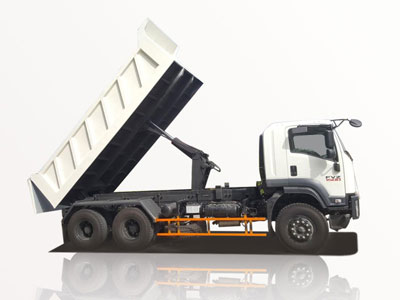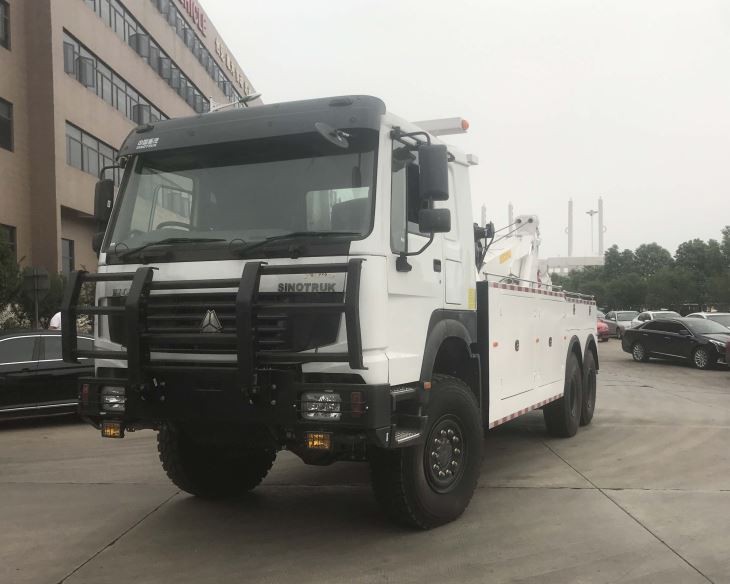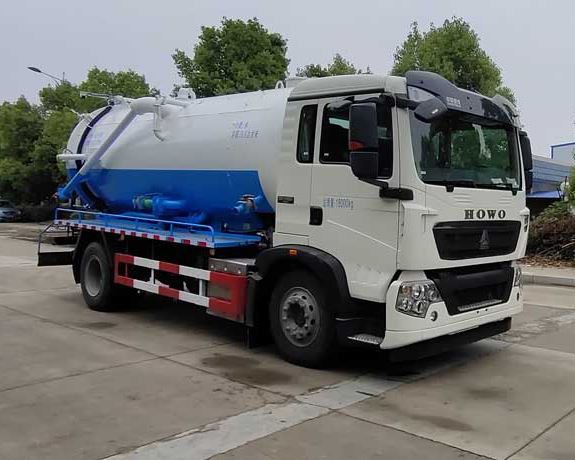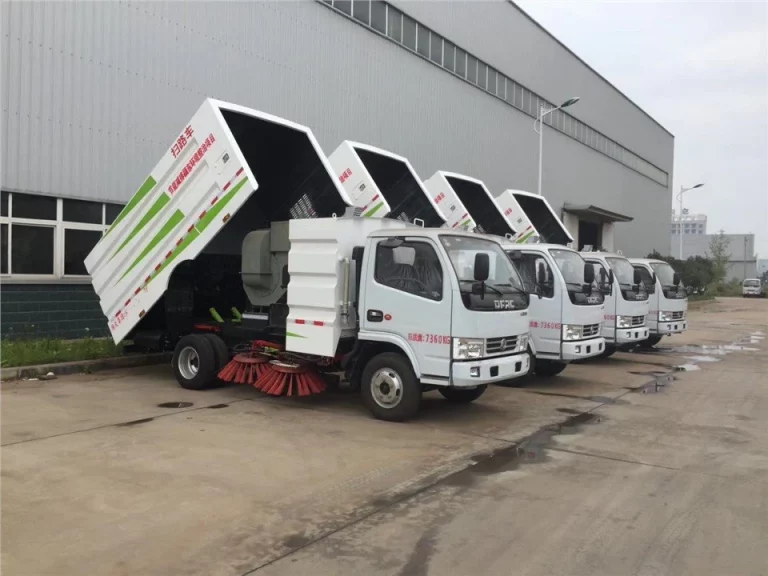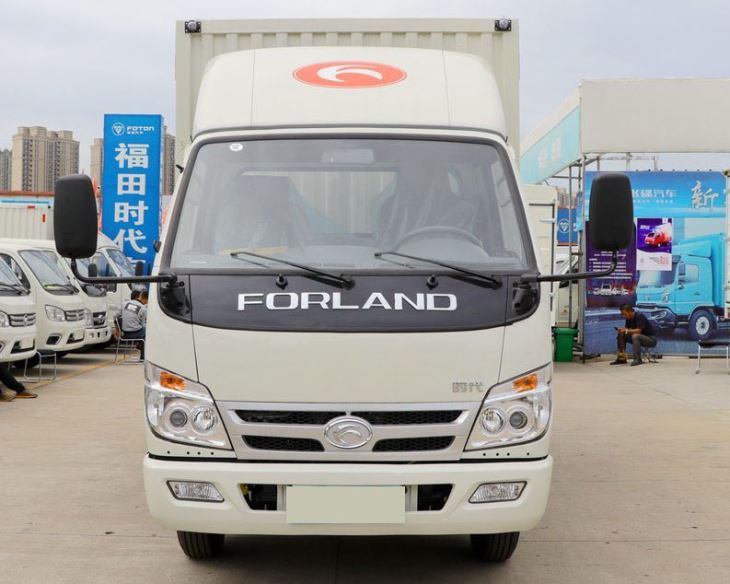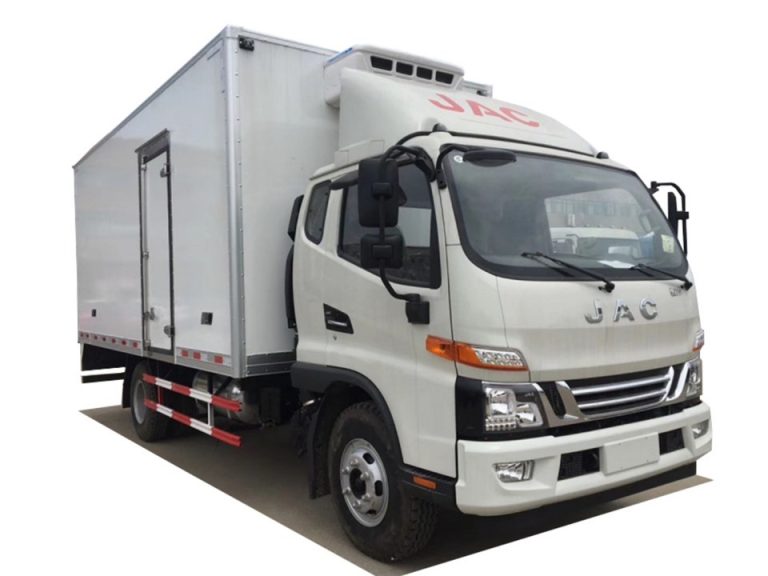Introduction
Street cleaning trucks play a crucial role in maintaining the cleanliness and aesthetic appeal of urban landscapes. These specialized vehicles are designed to remove debris, leaves, dust, and litter from roadways and public spaces. With increasing urbanization and a growing emphasis on environmental cleanliness, the importance of street cleaning trucks cannot be overstated. This article delves deep into various aspects of street cleaning trucks, their mechanisms, types, benefits, and best practices for effective street cleaning.
What is a Street Cleaning Truck?
A street cleaning truck is a vehicle specifically manufactured to clean streets, parking lots, and walkways. Equipped with various tools and features, these trucks efficiently remove dirt, debris, and pollutants to maintain a clean urban environment.
Key Components of a Street Cleaning Truck
- Debris Hopper: The primary compartment where collected debris is stored.
- Vacuum System: Creates suction power to pick up dirt and litter from the street.
- Brushes: Rotating brushes sweep debris into the vacuum system. Common types include cylindrical and oscillating brushes.
- Water Tanks: Supply water for dust suppression and enhance cleaning effectiveness.
Types of Street Cleaning Trucks
Street cleaning trucks come in various configurations, each designed for specific cleaning tasks. Understanding these types can help municipalities and contractors choose the right vehicle for their needs.
Mechanical Sweepers
Mechanical sweepers utilize rotating brushes to sweep debris into a hopper. These trucks are widely used due to their efficiency in removing leaves and larger debris.
Example of Use:
Municipalities often deploy mechanical sweepers during the fall season to clean up fallen leaves from streets and parks.
Vacuum Sweepers
Vacuum sweepers use suction power to remove debris from roadways. They are especially effective for capturing fine particles and maintaining air quality.
Example of Use:
Vacuum sweepers are typically used in urban areas where dust and fine particulate matter need to be addressed, particularly around construction sites.
Combination Sweepers
These trucks combine the features of mechanical and vacuum sweepers. They can both pick up larger debris and capture finer particles, making them versatile options for street cleaning.
Example of Use:
Combination sweepers are ideal for busy urban streets, where varied types of debris, from leaves to small trash, need to be efficiently managed.
Benefits of Regular Street Cleaning
Maintaining clean streets through regular street cleaning has multiple benefits for cities and communities.
Environmental Protection
Street cleaning helps prevent pollutants, such as oil, heavy metals, and chemicals, from entering drain systems and waterways. This reduces the environmental impact and protects local ecosystems.
Public Health and Safety
Cleansing streets minimizes the risk of accidents caused by debris and slippery surfaces. It also helps control pests, which can be attracted to garbage and litter.
Aesthetic Improvement
Clean streets contribute significantly to the overall appearance of a neighborhood, improving property values and resident satisfaction.
Cost Savings
Regular street cleaning can save municipalities money in the long run by reducing the need for extensive repairs and maintaining infrastructure integrity.
Best Practices for Street Cleaning
For effective street cleaning operations, municipalities and contractors should follow specific best practices.
Optimal Scheduling
Cleaning should be scheduled during off-peak hours to minimize disruption. Early morning or late-night shifts often work best for densely populated urban areas.
Seasonal Adjustments
Adjust cleaning schedules and methods based on seasonal needs, such as increased cleaning during spring for pollen or fall for leaves.
Public Awareness Campaigns
Engaging the community through education on the importance of street cleaning can foster cooperation and result in cleaner streets.
Investment in Technology
Adopting new technologies such as GPS tracking and route optimization can enhance efficiency and reduce operational costs.
Regular Maintenance of Equipment
Routine maintenance of street cleaning trucks is essential for their longevity and effectiveness—carry out periodic inspections and service as needed.
Future Trends in Street Cleaning Technology
The street cleaning industry continually evolves, influenced by technological advancements and environmental considerations.
Automation and Robotics
Increasingly, companies are investigating the use of autonomous or semi-autonomous cleaning vehicles to reduce labor costs and improve efficiency.
Eco-Friendly Options
With a growing focus on sustainability, manufacturers are developing electric and hybrid street cleaning trucks that produce less pollution and noise.
Smart City Integration
Street cleaning trucks are now being integrated into smart city frameworks, allowing for data sharing and route optimization based on real-time conditions.
Street Cleaning Challenges
Street cleaning comes with its own set of challenges that municipalities must address.
Budget Constraints
Limited budgets can hinder effective street cleaning programs. Prioritizing spending and seeking grants can help mitigate this issue.
Residency Regulations
Compliance with local regulations regarding noise and pollution control can complicate street cleaning operations.
Weather Conditions
Inclement weather can significantly affect cleaning schedules and the effectiveness of cleaning operations.
Case Studies: Successful Street Cleaning Programs
City A: Innovative Routing Techniques
City A adopted an innovative GPS routing system that optimized street cleaning routes, reducing operational costs by 15% and increasing cleaned areas by 25%.
City B: Public Engagement Initiatives
City B launched a public awareness campaign that successfully increased community participation in keeping streets clean, leading to a 30% reduction in litter.
FAQs
1. How often should street cleaning occur?
The frequency of street cleaning depends on various factors, including traffic levels, weather conditions, and the amount of debris. Typically, busy urban areas may require cleaning several times a week.
2. What types of debris can street cleaning trucks remove?
Street cleaning trucks can effectively remove leaves, litter, dirt, dust, sand, and small debris like gravel and stones.
3. Are street cleaning trucks environmentally friendly?
Many modern street cleaning trucks are designed with environmental concerns in mind, using less water and incorporating eco-friendly technologies.
4. Can residents help in keeping the streets clean?
Yes, residents can contribute by properly disposing of trash, participating in local cleanup events, and reporting illegal dumping.
5. What is the lifespan of a street cleaning truck?
The lifespan of a street cleaning truck can vary, but with regular maintenance, they typically last 10 to 15 years or longer.
6. What safety measures do operators take while cleaning streets?
Operators are trained to follow safety protocols, including wearing high-visibility clothing, utilizing warning lights, and adhering to local traffic regulations.
